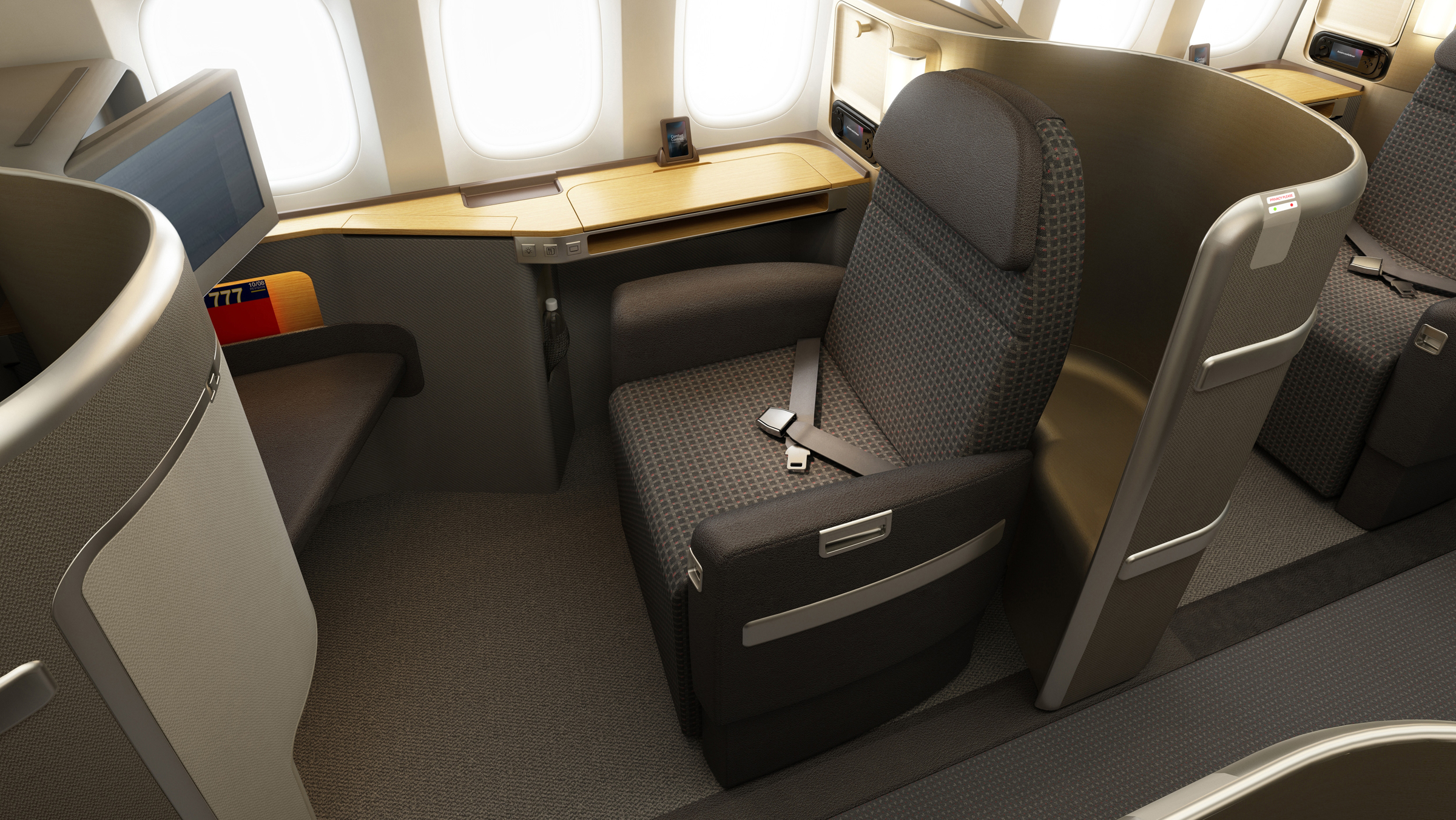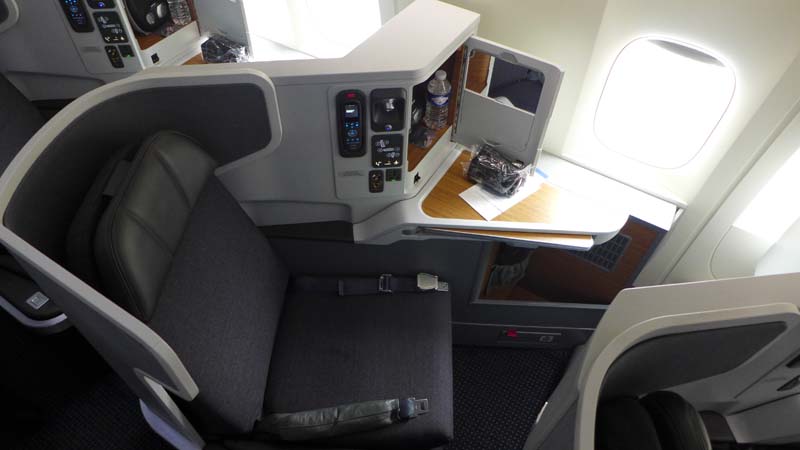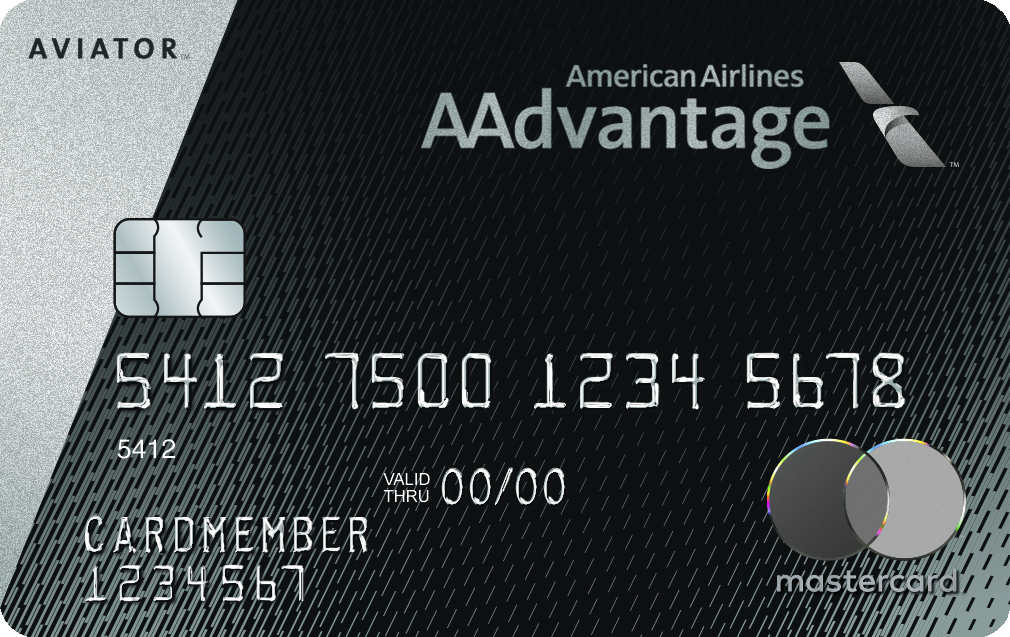Maximizing What You Get from Your Travel

American Airlines Flagship First
I am by no means the world’s biggest authority on air travel, frequent flyer programs or airline credit cards. But I do think that I am on the savvier end of the regular flyer spectrum and maximize what I can get out of airline and hotel loyalty programs without resorting to extreme actions, like endless mileage runs and credit card churns.
I wanted to write about my approach because I get asked about how I get all my miles and status fairly often. I generally try to avoid these conversations, as most people assume that to achieve this, you have to full tilt and I don’t have the patience to convince them otherwise.
So, if you travel for work and pleasure and want to get more out of the money you spend on these trips, read on.
Decide What Matters the Most
Let’s start with the basics that I think everyone wants to get from airline and hotel loyalty programs, so that we can then talk about making informed decisions.
When it comes to airlines, major benefits of loyalty programs are free upgrades, lounge access, free checked bags, increased mileage earning, better redemption opportunities, priority customer service and priority boarding.
With hotels, it’s also upgrades, free breakfasts, increased points earned for each dollar spent, late check outs and executive lounge access, where available.
Clearly, things like upgrades and lounge access are considered to be top benefits and ones that most people would like to achieve. Though they don’t necessarily require top status to get, different airlines and hotels give you different options at each loyalty level, so it pays to read about how exactly these benefits are dished out.
Most U.S. carriers divide their loyalty programs into four tiers (five if you include the basic non-status tier). American Airlines, for example, has Gold, Platinum, Platinum Pro and Executive Platinum tiers. Delta Air Lines has Silver, Gold, Platinum and Diamond Elite. All of these are tiers that you can earn through a combination of miles or segments flown and dollars spent. There are also ultra-elite pseudo tiers that airlines selectively give out to their most valued customers, like American’s Concierge Key. I won’t talk about this, because it’s invitation-only.
Hotels usually have a simpler three-tier approach and you can achieve status with either nights, stays or points earned. Hilton’s loyalty program is divided into Silver, Gold and Diamond.
Let’s Look at Airlines First

American Airlines Business Class on Boeing 777-300ER (Credit: The Luxury Travel Expert)
So, how do you decide what you want? Well, let’s break down what you are actually capable of achieving and go from there.
Each airline tier is achieved after a certain amount of miles flown (not miles earned) and dollars spent. Take a look at your paid travel for the year to decide what’s realistic. Do you fly between 25 and 50,000 miles? Then you’re probably aiming at the first two tiers. If you fly between 50 and 75,000 miles, on some airlines you have an option to reach a third tier, while with others you have to fly more to get to that next level. Clearly, it’s at this level that you want to start thinking about who you do your business with.
With Delta, you have to fly 100k miles to achieve their Platinum status, while with American, you only need to clock 75k miles to do the same. With benefits like complimentary domestic upgrades for their Platinum Pro fliers, American is probably the winner here and if you live in a city where you have a certain amount of choice, it could make sense to go with them.
On the other hand, if you fly under 75k miles annually, you may want to consider Delta as they give out complimentary upgrades to their Gold flyers, while American forces you to either earn or buy upgrade certificates (you get four for every 12,500 miles flown) to redeem for upgrades. The upside is that American may have more award space, as fewer people are eligible to get bumped up on a given flight, but the downside is that you may have to shell out upward of $200 on a flight from LA to New York to move up one cabin.
What About the Spending Component?
Recently, airlines have introduced a spending component as well, in order to cull the ranks of their frequent flyers and ensure that people couldn’t reach top status by taking a few long but cheap flights. Whereas it took only 25,000 elite qualifying miles to reach Gold with American, it now also requires $3,000 of spend on airline tickets to hit the threshold. This amount goes up to $12,500 for Executive Platinum.

AAdvantage Aviator Silver MasterCard from Barclaycard
Enter credit cards. Each airline has a credit card partnership that allows members to off-set some or all of the elite qualifying dollar requirement (EQD or MQD). American has two card partners, but only one (Barclaycard) offers this feature with their Silver Aviator MasterCard. With a reasonable enough annual spend requirement, you can get 6,000 EQDs via the card, meaning that your actual spend needs to only be $6,500 to qualify for top-tier status. This card also gives you 10,000 EQMs meaning that you need to actually fly 90,000 miles to reach the 100k EQM threshold for top tier status. Not bad, as that’s a round-trip flight from LA to London.
Some airlines are getting less credit card friendly, with Delta, for instance, wildly increasing their Amex spend requirement in order to qualify for top-level MQD waiver.
Bottom Line with Airlines
If you know how much you will realistically fly and you live in a city that has several airlines, you can make an informed choice. I focus only on global carriers that are part of alliances and that can allow you to earn and redeem your miles on international trips.
I fly a lot for work – about 60,000 – 75,000 miles per year. My strategy was simple: have an airline card with EQD and EQM components and always fly with American. Between my work travel and the card, I can get within 15,000 – 30,000 miles of Executive Platinum. I could just settle for Platinum Pro, and get free domestic upgrades and lounge access on international flights, but at the top tier, American also gives 4 Systemwide Upgrades – certificates that enable me to buy an economy seat on a long-haul international flight and upgrade to business. Anyone who knows the price difference can make a quick calculation of what that value is and it can be huge. For instance, I was upgraded to Business from a $600 economy ticket on an Auckland to LA flight (14+ hours), where the price difference was $5,000. Considering that you can use these upgrades on your family or friends also, this becomes a serious consideration.
I choose to close the gap between what I naturally earn and the top tier by taking a couple of trips throughout the year that I both enjoy and that help me earn the missing miles. Sure, it may cost an extra $1,500 or so but I see this as an investment into my next year’s travel.
One credit card, one airline within an alliance, and maximizing your spend and travel around these two concepts will enable you to get maximum benefit from your air travel.
What About Hotels?

Waldorf Astoria Rome Cavalieri
Hotels are easier and frankly, you don’t even need to travel much to get the core benefits. Though there is a lot of consolidation in the hotel industry, you still have options. The main ones are Hilton and the combined Starwood/Marriott properties. The later (at least Starwood) was considered to be a better product vs. Hilton, but that is subjective and depends on where your travel takes you.
It’s worth noting that most of these hotel brands are significantly more upscale outside of North America and you get a lot more with your status there.
I picked Hilton and I don’t even need to spend a night there to get Gold Status, because it comes automatically with the Hilton Surpass Card from American Express. It’s a $95 annual fee that is very well worth it because you get room upgrades and free breakfast for you and a companion automatically. A breakfast in a Hilton Garden Inn in New York is $25/person + tip, so you pay for this fee with a two night stay if traveling with another person. If you manage to spend $40k or more on this card, you get bumped up to Diamond status, which gives you a better chance of an upgrade, but still the same breakfast.
I have this card and I use it just on my Hilton spend, so that I can earn 11 points per each dollar spent.
It’s worth noting that you don’t get free breakfast at Starwood unless you hit the top tier and their credit card, while good for other things, doesn’t give you this benefit either.
Bottom Line with Hotels
Get yourself the Hilton credit card and get most of the benefits immediately. If you do at least a little bit of personal travel throughout the year, your wallet will thank you. Hilton also does a lot of points promotions, so it’s possible to earn a free night after just two or three paid nights, depending on certain factors.
After about 170,000 miles flown in the last 19 months, and a total of 50 or so stays in various Hiltons, I was able to earn enough miles and points to take two big trips that included:
2 business class tickets from LA to Tokyo on American Airlines ($7,000 value)
2 business class tickets from Tokyo to Auckland via Hong Kong on Cathay Pacific ($6,000 value)
2 business class tickets from LA to Dusseldorf on Air Berlin ($4,500 value)
1 business class ticket (via an upgrade) from Auckland to LA on American ($5,000 value)
At least another 10 domestic flights in either economy or upgraded to business for myself and my wife, with a total value of $3,000+.
And a total of 12 nights in various Hiltons, Conrads, Waldorf Astorias and other Hilton brands internationally, as well as another 15 or so free nights domestically. That’s almost a month of free hotel stays with free breakfasts and upgraded rooms, with a value of at least $7,500.
Clearly, I wouldn’t have been able to earn all these miles and points without my work travel, which contributes to the vast majority of what I earn, but many people travel a lot for work and never even think about the right ways to collect their points and miles, which is akin to throwing money away.
I hope this is helpful to those who are interested in doing something to off-set the grind of work travel.
